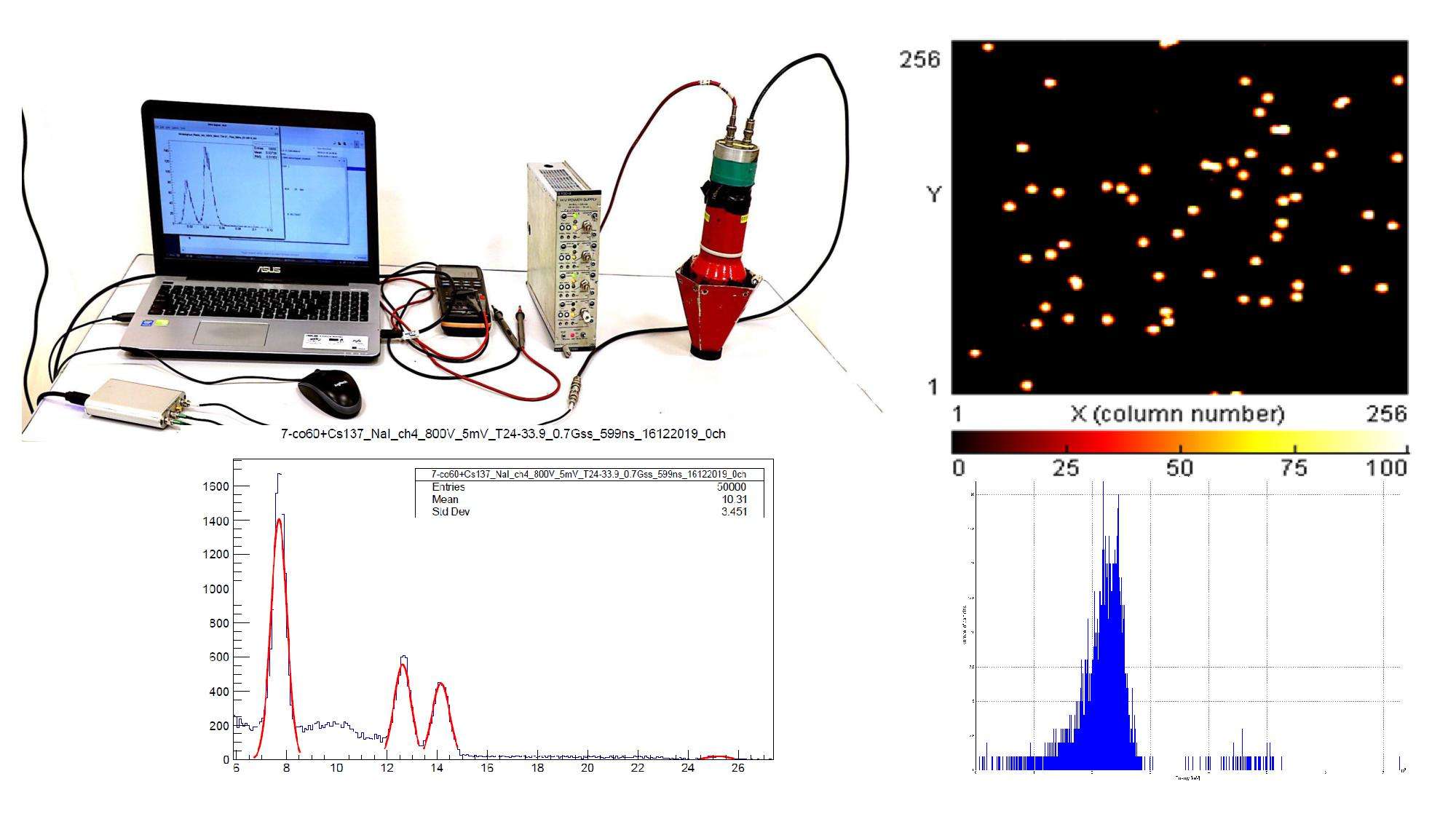The aim of the project is to acquire a sound basis in radiation protection and the safety of radiation sources at the basic level. The project also aims to provide the necessary practical skills and basic tools for those who is going to work in the field of radiation protection and the safe use of radiation sources in their countries. The project consists of a series of laboratory works on basic nuclear physics, interaction of radiation with matter, dosimetry and shielding.
Tasks
The project also aims to provide the necessary practical skills and basic tools for those who is going to work in the field of radiation protection and the safe use of radiation sources in their countries. The project consists of a series of laboratory works on basic nuclear physics, interaction of radiation with matter, dosimetry and shielding.
Preliminary schedule by topics/tasks
1. Radioactivity. Different types of radiation sources. Detection of radiation.
2. Spectrum of alpha, beta and gamma sources.
3. Attenuation of gamma radiation as a function of thickness and atomic number Z
4. Ranges of alpha and beta particles
5. Shielding properties of different materials and examples of shielding calculations
7. Calibration of a gamma scintillation spectrometer in terms of energy and activity
8. Calibration of an alpha spectrometry system in terms of energy and activity
9. Radiation dose and units.
10. Portable monitors for alpha, beta, gamma radiation. Determination of the background level of radiation. Methods of surveys.11
11. basic information about pixel detector.
Required skills
Obligatory: general physics, course on nuclear physics
Desireably: computing skills, knowledge of C++ and/or Python
Acquired skills and experience
After finishing such practices, the participant have experience in :
Different types of radiation sources, and detection of radiation.
Limit dose and recommended radiation protection protocol from UNSCEAR, ICRP, IAEA, NEA-OECD etc.
Radioactivity and naturally occurring radioactive materials NORM.
Energy calibration of some scintillation detectors by using Standard sources.
Identify of unknown source by using energy calibration curve.
Calculation of Resolution diffrent scintillation detectors.
Determination of alpha range in air using Pixel and Plastic detectors.
Determination of Attenuation coefficient for different materials .
Assessment the ranges and energy of alpha particles using Monto Carlo simulation SIRM software.
Recommended literature
1. Cember, H., Introduction to Health Physics, 3rd Edition, McGraw-Hill, New York (2000).
2. Attix, F.H., Introduction to Radiological Physics and Radiation Dosimetry, Wiley, New York (1986).
3. Martin J.E., Physics for Radiation Protection, Wiley-VCH Verlag Gmbh & Co KGaA, Weinheim (2013).







